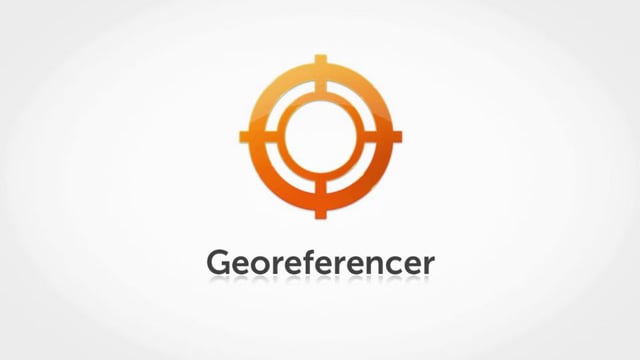Crowdsourcing project 2025
The Maps and Geoinformation team is making 1,446 digitized maps from the ETH Library's historical collection accessible again on the external page Georeferencer platform. With your help, we supplement the maps with spatial information in order to make them available for further academic use and integration into geoinformation systems (from Google Earth to professional visualisation and analysis software such as ArcGIS or QGIS).
This year's campaign focuses on so-called "hidden maps," or images of maps found in old prints. You can find an overview of the metadata (title, links) for the individual maps Download here (CSV, 675 KB).
After completion of the work, the georeferenced maps will also be available on the external page OldMapsOnline.org portal and on the external page Old Maps Online mobile app.
Would you like to take part in this project?
All you need is an account: either an existing Google, Facebook or Twitter account or a Georeferencer account.
Step by step
- Go to external page Georeferencer. A random map from the ETH Library’s holdings is opened in the Georeferencer and compared to a modern map (Google Maps, OpenStreetMap).
- Get an overview of the two maps by moving and zooming.
- To georeference the map, set at least three reference points that correspond spatially on both maps. Place the dots carefully to prevent distortion.
- Use the clipping function to adjust the size of the map. If there are multiple embedded maps on one map, they can also be clipped and georeferenced using "Add Secondary Map."
- To complete the process, click “Save”. The georeferenced map is then laid over the modern map so that you can see whether the map has been correctly located.
For detailed instructions, please watch the following video.

external page Georefencer, by the British Library